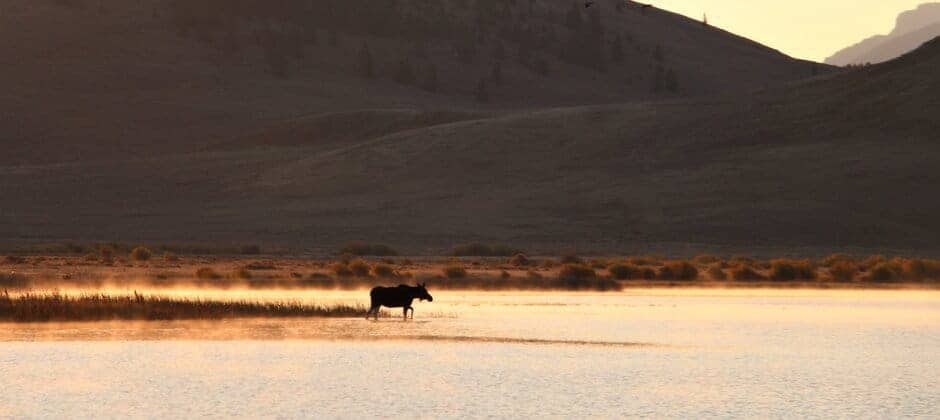Share this article
2023 Omnibus: How conservation programming fared
In the Fiscal Year 2023 appropriations package Congress passed in late December, minor funding increases were provided to wildlife programs.
The spending package sets funding levels for all federal discretionary programming, including for the U.S. Department of Agriculture and the U.S. Department of the Interior, through September 2023.
Under the bill, the Department of the Interior will receive $14.7 billion, including minor increases to programs The Wildlife Society advocates for.
The U.S. Fish and Wildlife Service will receive $73.8 million for the implementation of the State and Tribal Wildlife Grants program, $2 million above FY 2022 levels. Due to Congress’s failure to pass the Recovering America’s Wildlife Act as part of the spending package, this remains the only federal grant program that supports the conservation of at-risk species through the implementation of State Wildlife Action Plans.
The National Wildlife Refuge System saw a minor increase of $22 million in funding, totaling $541.6 million. Among the total of $541.6 million for the Refuge System, $7 million has been allocated for the Urban Wildlife Refuge Partnership program, an initiative that helps increase recreational access and outdoor education in urban areas.
Congress provided this $22 million increase to the Refuge System alongside guidance directing the System to prioritize filling longstanding staff vacancies. With no refuge units fully staffed, nearly half of all refuge units completely unstaffed, and a 2023 across-the-board federal pay increase of 4.1%, the allotted $22 million will do little to ensure re-staffing efforts are successful.
The U.S. Geological Survey received $28 million for its Cooperative Research Units program, with specific spending to be allocated toward the establishment of a new CRU that focuses on diverse aquatic and ecological landscapes in the Lake Michigan Area. In addition, USGS’s Climate Adaption Science Centers received $83 million, an increase of $32 million.
Within the Department of Agriculture, the Animal and Plant Health Inspection Service received $148 million for the management of human-wildlife conflicts, including wildlife diseases. Private lands conservation saw increased support with the NRCS Conservation Technical Assistance program receiving $807 million and the McIntire Stennis Cooperative Forestry program, a funding initiative for long-term private lands research, receiving $43 million.
With the new Congress set to begin this month, The Wildlife Society will next turn its attention to increased funding for federal conservation programming in Fiscal Year 2024, set to begin in October.
To learn more, check out TWS’ testimony on the FY 2023 Interior budget and Agriculture budget
Header Image: Sunset at Red Rock Lake National Wildlife Refuge in Montana. Credit: Cortez Rohr/USFWS








